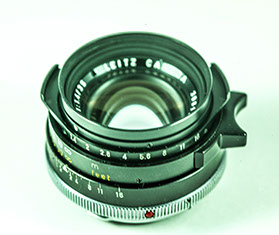


Visoflex attached in front of Leica M1
The small barrel of Leica M lenses made them packed with optics, and tightly spaced retaining rings (below). The small front lens barrel allowed snap in lens hood to be incorporated (below, right), and smaller filters. Visoflex attachement (right) added the extra distance, not allowing M lenses to be utilized.

Sumilux - M 50 mm f/1.4

Tri - Elmar - M 28-35-50 f/4 Section
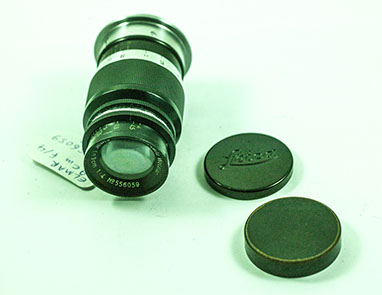
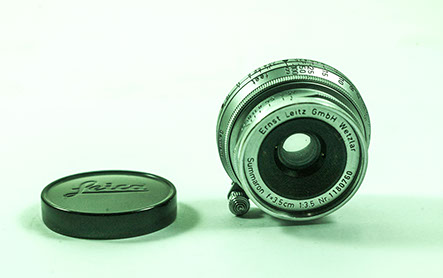
Elmar 9 cm f/4 Screw mount
Summicron - M 35 f/3.5
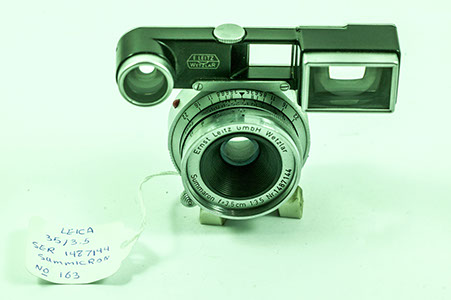

Summicron - M 35 mm f/3.5
Summicron - M 50 mm f/2 Macro


Summicron 50 mm f/2
Elmarit - M 28 mm f/2.8

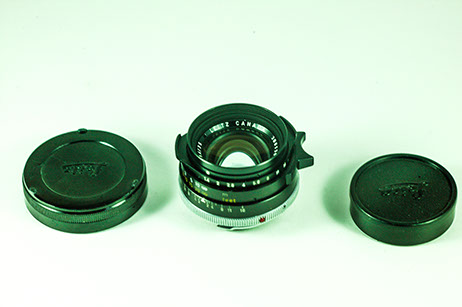
Sumicron 35 mm f/2
Summilux - M 35 mm f/1.4


Elmar - M Asph 24 mm f/2.8
Elmarit - M 28 mm f/2.8

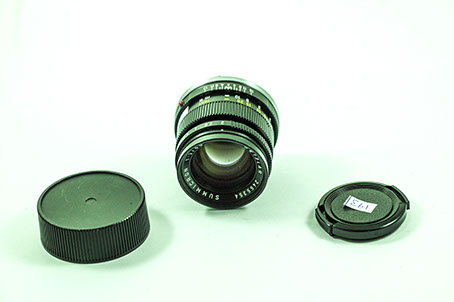
Sumicron - C 40 mm f/2
Summicron - M 50 mm f/2
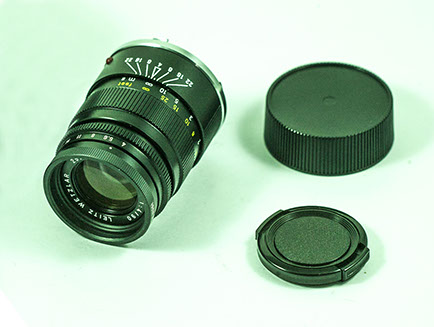
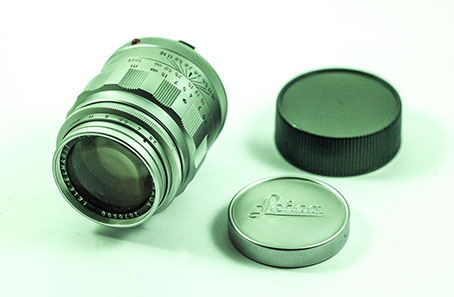
Elmar - C 90 mm f/2.8
Tele - Elmarit - M 90 mm f/2.8
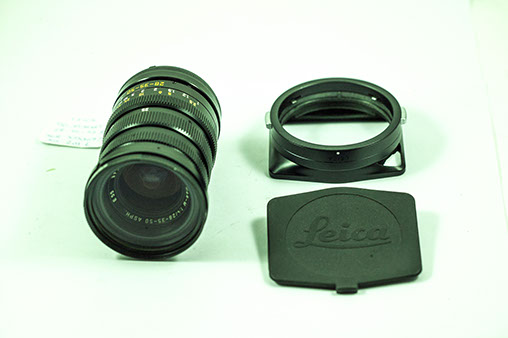
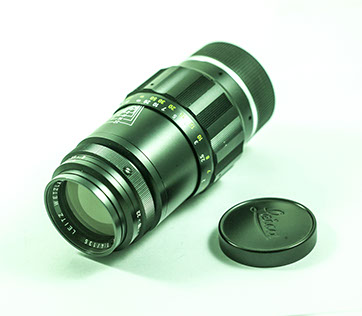
Tri - Elmar - M 28 - 35 - 50 mm f/4
Tele - Elmar - M 135 mm f/4

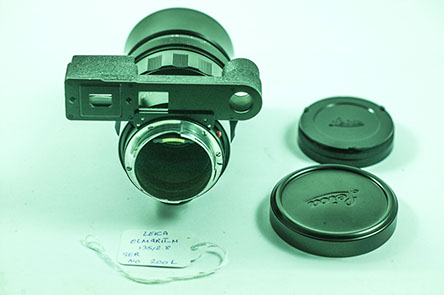
Elmarit - M 135 mm f/2.8

Not an easy Repair !